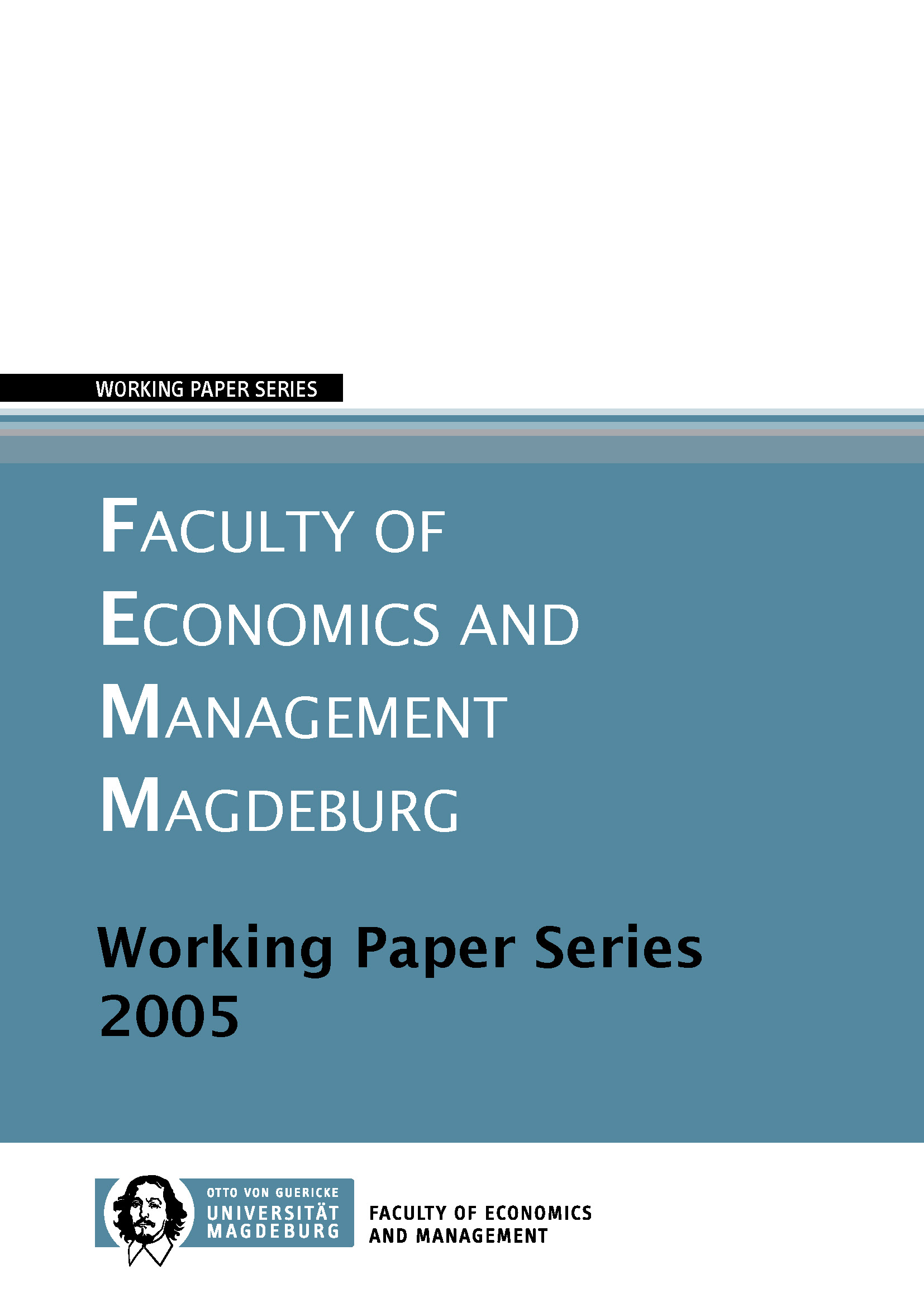Implementing Endogenous Inside Options in Nash Wage Bargaining Mdoels
Schlagworte:
wage bargaining, labor unions, inside optionsAbstract
The game-strategic foundation of the Nash bargaining solution by a Rubinstein (1982) alternating-offers game shows that in wage bargaining models the threat point should be the inside, instead of the outside, option. So far, this insight has been largely ignored in the labor economics literature. Our model provides a new way to implement inside options into Nash wage bargaining models. The solution to the dynamic bargaining system resulting from the endogeneity of inside options can serve as a basis for richer, though still easily applicable, models of wage bargaining that are more in accordance with their game-theoretical underpinnings. The dynamics of the model also provide a theoretical justification for temporarily delayed labor market responses to policy changes.


